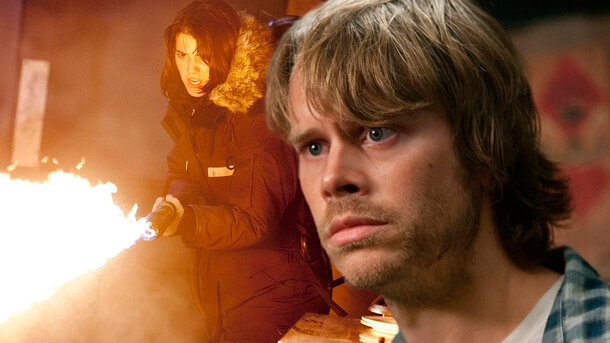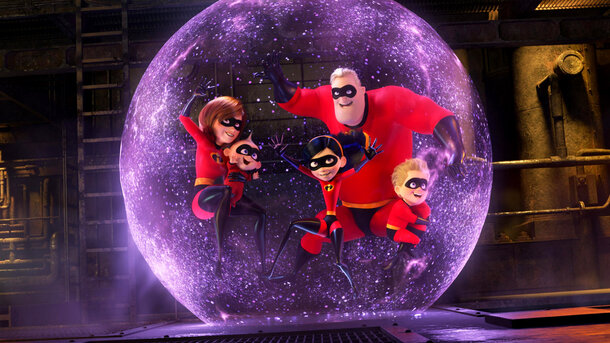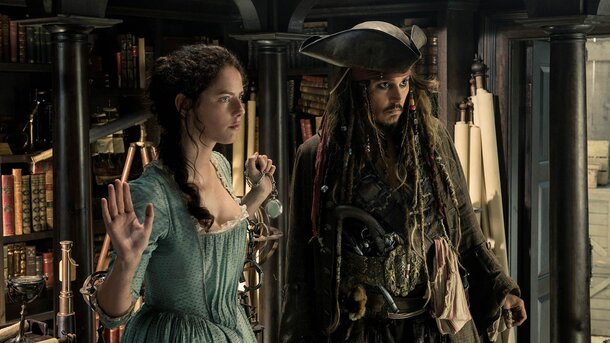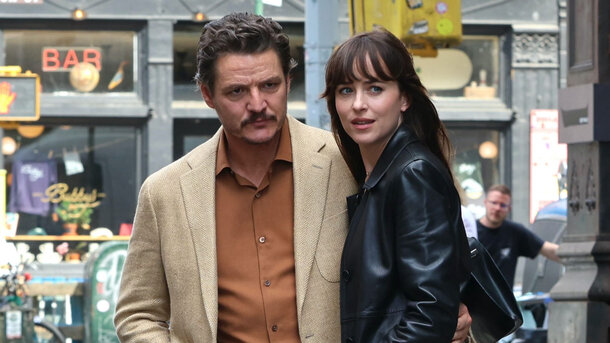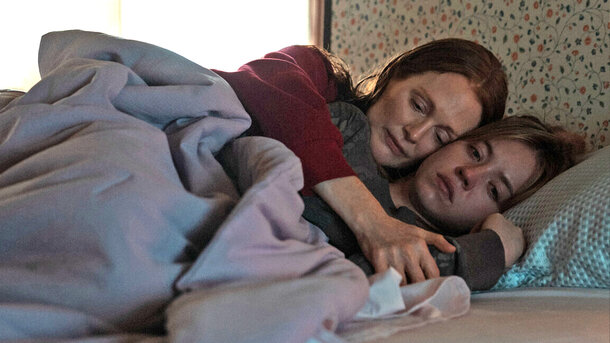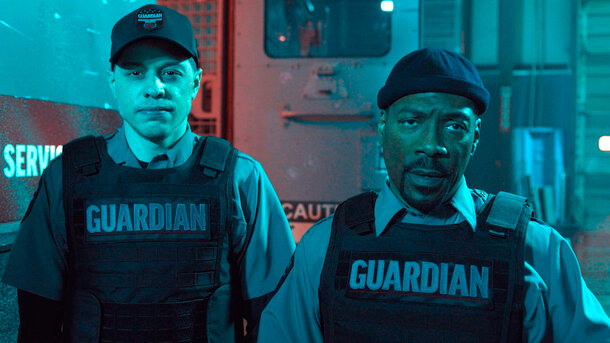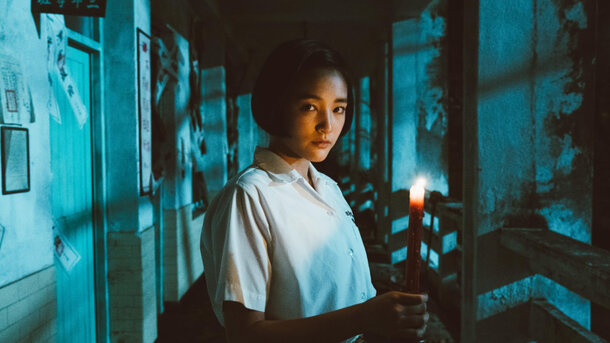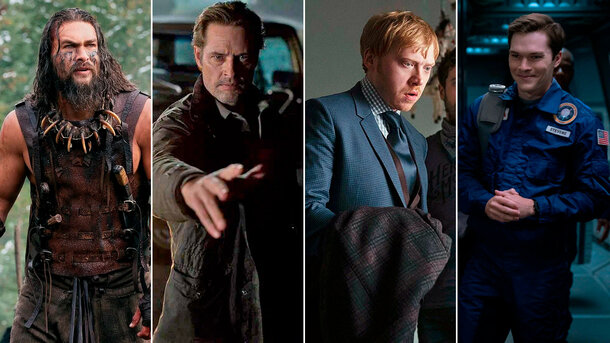I remember vividly how John Carpenter’s The Thing haunted my teenage sleep — those grotesque transformations, the paranoia, the isolation. So naturally, I approached the 2011 prequel with both dread and curiosity. Set just days before the events of the 1982 classic, this iteration promised answers: what exactly happened at the Norwegian base? Who unearthed the monster? Could lightning strike twice in the Antarctic?
Plot Overview: Trust Is a Death Sentence
We’re dropped into the icy desolation of Antarctica, where a Norwegian research team stumbles upon a buried alien spacecraft and an entity frozen in the ice. American palaeontologist Kate Lloyd (played by Mary Elizabeth Winstead) is summoned to assist the excavation — an opportunity of a lifetime, or so it seems. But once the alien thaws, it begins to assimilate and imitate the researchers, igniting a terrifying atmosphere of mistrust. Who is still human? Who isn’t? That’s the heart of this claustrophobic tale.
Director’s Vision: Paying Homage While Walking a Tightrope
Director Matthijs van Heijningen Jr. had a mammoth task: deliver a story that feeds directly into a beloved cult classic, without trampling on its legacy. His direction stays largely faithful in tone — dark corridors, flickering lights, sudden reveals — but arguably errs on the side of safety. Where Carpenter thrived on tension and ambiguity, this version leans more on visual spectacle and creature effects. There’s still tension, but it’s punctuated more often by jump scares than existential dread.
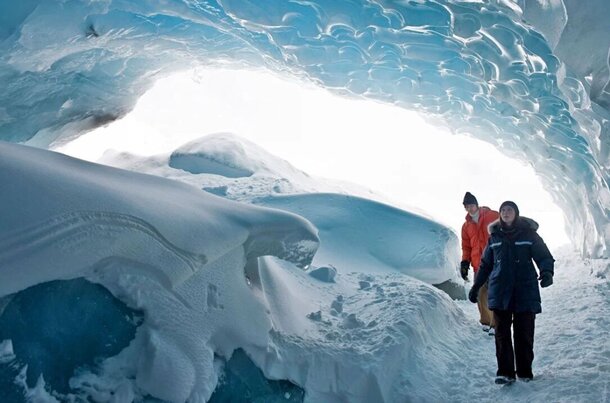
Performances: A Solid Cast in a Snowstorm of Paranoia
Mary Elizabeth Winstead carries the film with measured restraint, portraying Kate as an intelligent and resourceful protagonist rather than a scream queen. Joel Edgerton, as Sam Carter, brings a grounded stoicism that complements the film’s survivalist tone. Ulrich Thomsen and Trond Espen Seim round out the Norwegian cast effectively, adding a layer of authenticity. Still, one can’t help but wish the script had given these characters a bit more depth — emotional stakes sometimes melt quicker than the alien’s icy tomb.
Cinematography and Sound: Atmosphere Meets Overexposure
Michel Abramowicz’s cinematography captures the brutal, sterile cold of Antarctica brilliantly. The contrast between the blinding snowfields and the dimly lit interiors sets the perfect mood. Marco Beltrami’s score, while serviceable, never quite reaches the haunting brilliance of Ennio Morricone’s original. And as for the visual effects — here lies the divisive core. The decision to replace much of the practical creature work with CGI proved controversial, leaving many fans nostalgic for gooey animatronics and prosthetics.
Themes and Symbolism: Identity, Isolation, and Imitation
At its core, The Thing (2011) still revolves around the terrifying idea of losing one’s identity — of being replaced by something perfectly mimicking you. It’s a metaphor that continues to resonate, especially in a world where trust can be so easily eroded. There’s also a notable commentary on scientific ambition versus ethical restraint — how far we go in pursuit of knowledge before the cost outweighs the discovery.
Factual Details: Budget, IMDb Rating, and Production Notes
- IMDb rating: 6.2/10
- Budget: Estimated at $38 million
- Director: Matthijs van Heijningen Jr.
- Screenwriter: Eric Heisserer
- Cast Highlights: Mary Elizabeth Winstead, Joel Edgerton, Ulrich Thomsen, Trond Espen Seim, Eric Christian Olsen
Notably, the film did not receive major awards, though it sparked extensive fan debate over its place in the franchise.
Audience Reactions: USA vs. UK
In the United States, reactions were mixed, skewing towards disappointment. Many long-time fans of the original felt let down by the CGI-heavy approach and lack of psychological tension. It performed modestly at the box office, failing to ignite the same cult fervour. In contrast, UK audiences were slightly more forgiving. Critics here praised its respect for the original’s timeline and setting, with publications like Empire and Total Film acknowledging its visual ambition — even if it didn’t quite recapture the original’s icy grip of fear. British viewers seemed more willing to view it as a companion piece rather than a standalone horror triumph.
